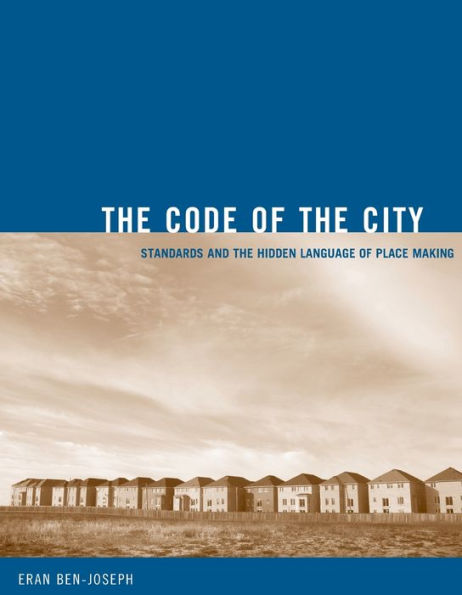5
1
9780262524452


The Code of the City: Standards and the Hidden Language of Place Making available in Paperback

The Code of the City: Standards and the Hidden Language of Place Making
- ISBN-10:
- 0262524457
- ISBN-13:
- 9780262524452
- Pub. Date:
- 11/18/2005
- Publisher:
- MIT Press
- ISBN-10:
- 0262524457
- ISBN-13:
- 9780262524452
- Pub. Date:
- 11/18/2005
- Publisher:
- MIT Press
40.0
In Stock

Product Details
| ISBN-13: | 9780262524452 |
|---|---|
| Publisher: | MIT Press |
| Publication date: | 11/18/2005 |
| Series: | Urban and Industrial Environments |
| Edition description: | New Edition |
| Pages: | 264 |
| Product dimensions: | 7.00(w) x 9.00(h) x 0.60(d) |
| Age Range: | 18 Years |
About the Author
What People are Saying About This
From the B&N Reads Blog
